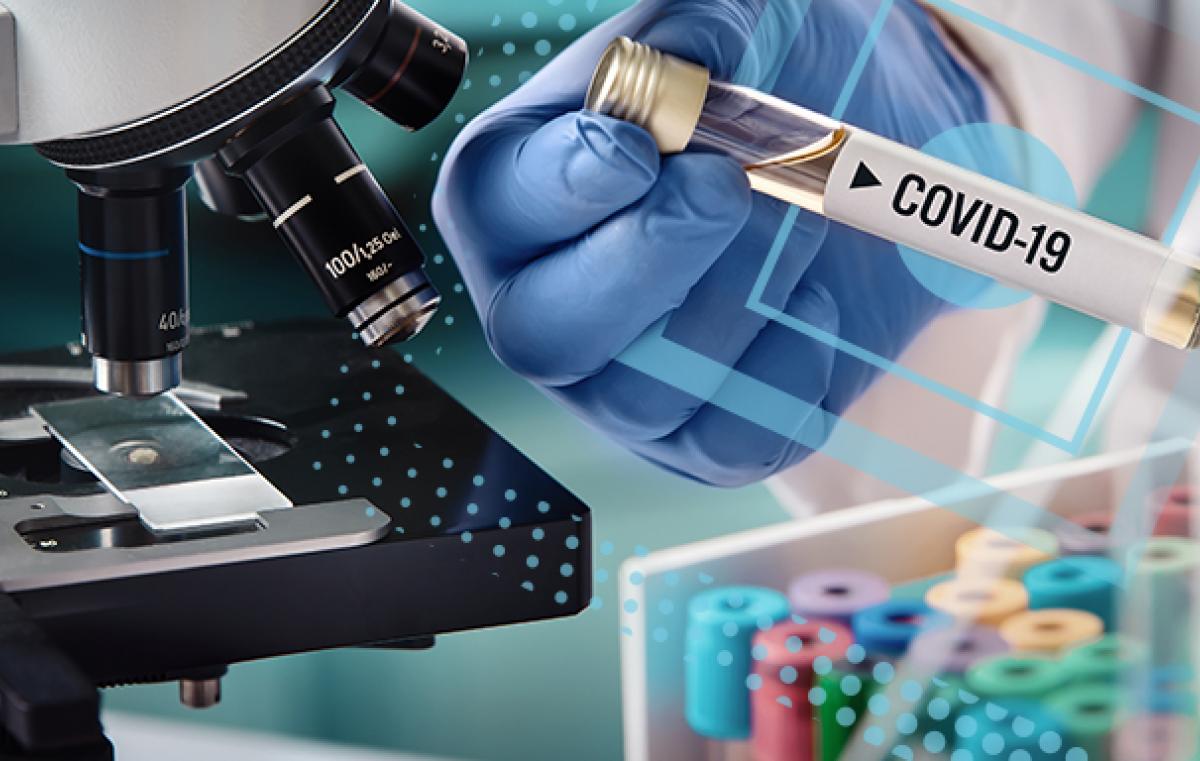Reducing COVID-19 Diagnostic Time
Technology for optical identification of a genetic substance significantly decreases COVID-19 test duration.

About an hour – that is how long it takes to diagnose or rule out COVID-19 contagion. New technology based on the combination of magnetic particles and optical means may reduce the waiting time and rapidly diagnose patients. The efficiency of this new technology has already been proven in locating Zika and other viruses.
In Dr. Amos Daneilli’s lab at the Bar-Ilan Institute of Nanotechnology and Advanced Materials (BINA), a novel technology has been developed for sensitive optical detection of RNA by attaching the virus’ RNA to a fluorescent molecule, which emits light when illuminating with a laser beam. With existing devices, low concentrations of RNA result in the projected signal being too low (e.g., if a patient’s saliva sample was the volume of a room, the laser beam would be the size of a fist. In low concentrations, the fist would hold two to three fluorescent molecules). The new technology adds magnetic particles to the solution which cling to the fluorescent molecules, concentrating them and decreasing errors in testing.
This innovation hinges on the use of two electromagnets, which create a powerful force field, causing the fluorescent molecules inside the solution to gather around the narrow laser beam. As a result, the signal’s intensity is increased by many folds. The electromagnets, stationed at both ends of the solution, are interchangeably operated. The molecules move from side to side, when they cross the laser beam, they shine, and when they exit once again, they do not. This flicker is different than the steady “noise” of the solution and allows accurate determination of whether the patient has been exposed to the virus. The high sensitivity and the simple activation of the technology allows for development of a device the size of a domestic coffee machine, capable of quickly identifying small concentrations of various disease factors.
In addition to the virus’ RNA detection, Dr, Danielli’s research team has worked – in cooperation with universities in Europe – on detecting antibodies that the patient’s immune system produces to fight the virus. This is a possible way of confirming its identification.